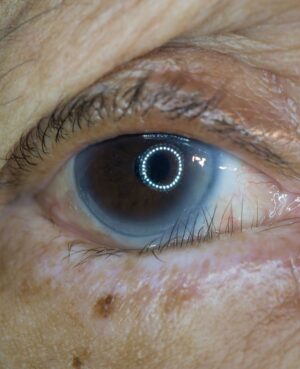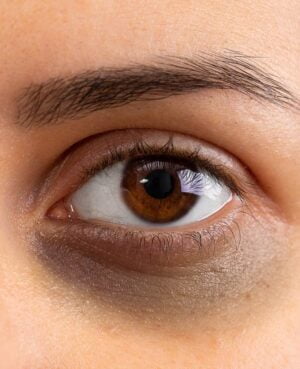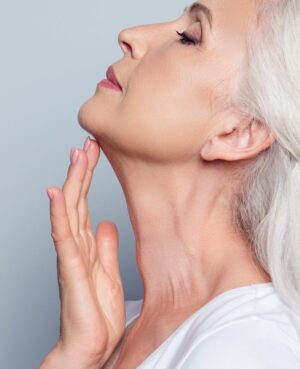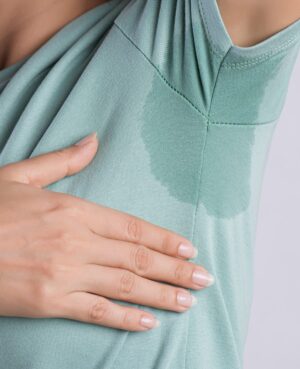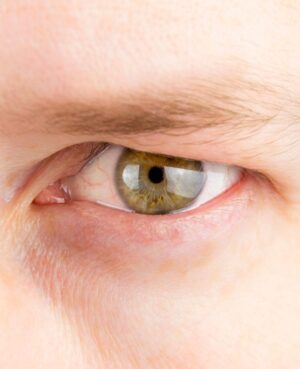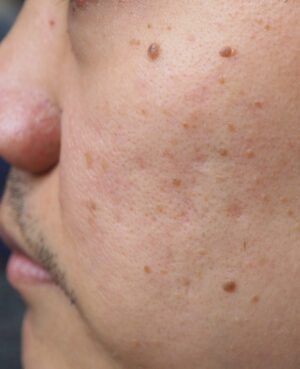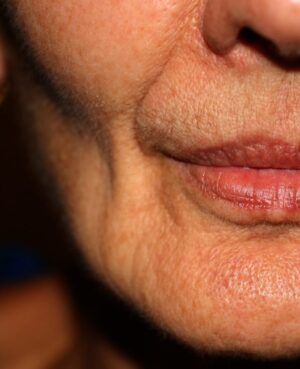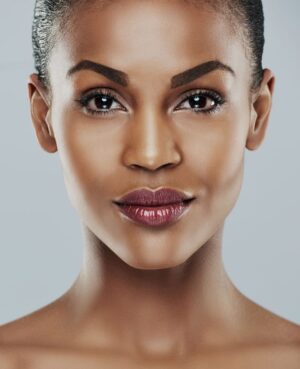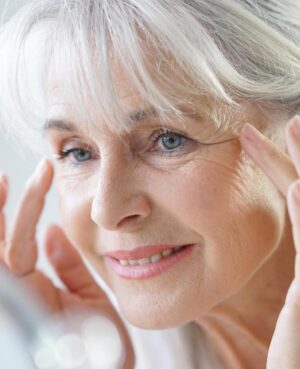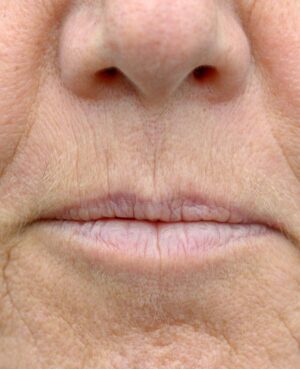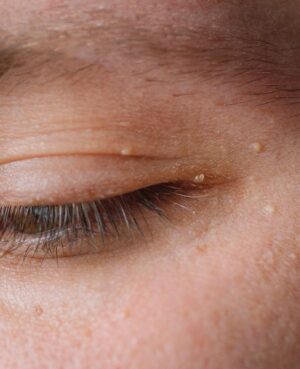Periocular skin cancer
At FaceRestoration, we understand the concern that comes with the discovery of an abnormal mole or lesion or the diagnosis of periocular skin cancer and we aim to treat you as soon as possible. We are able to offer a wide range of treatments, from medical grade skincare to same-day surgeries, for peace of mind and increased prognosis.
Our award-winning ophthalmic and oculoplastic surgeons will safely take care of everything from consultation and diagnosis to treatment and post-op care.
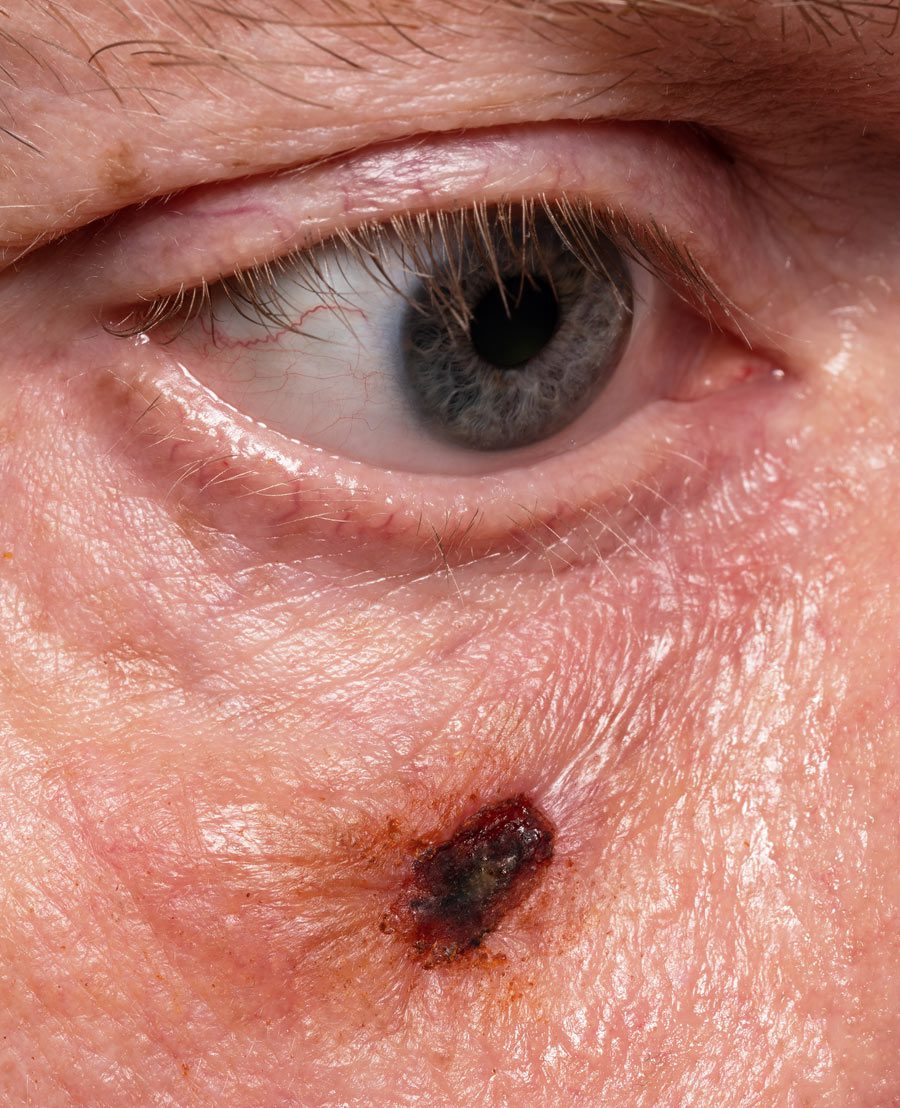
ABOUT THIS CONDITION
INFORMATION ABOUT YOUR SYMPTOMS
Ultraviolet light is invisible to humans, because it has a shorter wavelength than the light that we can see. Within the UV spectrum, there are two types of rays that can damage the DNA of your skin cells and lead to skin cancer. UVB rays cause sunburn (think B for burning) and play a key role in skin cancer development.
UVA rays cause skin damage that results in tanning, pigmentation as well as photo-ageing (A for ageing) and wrinkles. The shortest wavelengths of UVA contribute to sunburn.
Following sunburn the skin becomes red and if severely burnt can develop fluid filled vesicles or blisters.
With prolonged sun exposure, the skin can be permanently damaged resulting in patches of actinic keratosis that feel like sandpaper. This can be a warning sign of increased risk of skin cancer. Approximately 10%-15% of actinic keratosis changes into squamous cell cancers of the skin. Certain genetic diseases such as albinism and xeroderma pigmentosum and certain immune disorders can predispose to skin cancer.
What can I do to prevent of skin cancer?
What can I do to prevent of skin cancer?
Avoid the sun between 10am and 3 pm when the sun’s rays are the most intense
Wear about a table spoon of water resistant sunscreen every day on sun exposed areas, on the face up to the lash line. It should have a sun protection factor (SPF) rating of at least 30 and contain broad spectrum coverage (both UVA and UVB).
Use a sunblock on your lips. Choose a product that has been specially formulated for the lips with a sun protection factor of 20 or more.
Apply sunscreen at least 30 minutes before sun exposure. Reapply every two hours, and more often if swimming or perspiring.
Wear protective clothing such as wide brimmed hats, long trousers and long sleeved tops. These help to protect your skin from UV rays. For the best protection, wear UV-blocking clothes with an ultraviolet protection factor (UPF) of at least 40.
Wear sunglasses with UVA and UVB protection to protect the periocular skin and your eyes.
What should I look out for and when should I seek advice?
Not all pigmented skin lesions are cancer. The vast majority are in fact nothing nasty. Likewise not all skin cancers are pigmented.
If you notice a change in the appearance of any skin lesions, if they are growing, changing colour, have irregular edges, are getting thicker, have enlarging feeder vessels, bleeding or ulcerated and not healing you should seek advice of a health care professional.
Remember the A to E of cancers (which relates to melanoma but is applicable to all):
A Asymmetry – is it asymmetrical with an irregular shape?
B Border – is the border irregular or jagged?
C Colour – is the colour uneven?
D Diameter – is the mole larger than the size of a pea?
E Evolving – has it changed during the past few weeks or months?
How do you monitor potentially harmful lesions?
Removing (or excising) skin lesions and moles is often a straightforward procedure. Most moles and lesions are removed under a local anaesthetic, meaning you’ll be awake, but the area will be numb.
There are a few different ways that we can remove a mole that you wish to be removed. The best way to discover your most appropriate and aesthetically pleasing treatment is to book in with our consultants.
What happens if periocular skin cancer is diagnosed?
UV rays from the sun can raise the likelihood of a mole developing cancer. If you have a lot of moles, you should be particularly cautious in the sun.
It is critical to inspect your moles on a regular basis for any changes.
There are several steps you may take to protect your moles against sun damage, particularly during hot weather.
- Stay in the shadow between 11 a.m. and 3 p.m., when the sun is at its brightest.
- Cover your skin with clothing — if you have moles on your face, wear a hat and sunglasses.
- Apply a high-factor sunscreen (minimum SPF30) on a regular basis, and reapply after swimming.
Related conditions
Similar conditions clients also view
-

Entropion (Turned In Eyelids)
-

Dark under eye circles & Tear trough
-

Turkey Neck & Saggy Skin
-

Sweating, Hyperhydrosis & Armpits
-

Dermatochalasis (Loose Skin) & Hooded Eyes
-

Moles
-

Facial Volume Loss & Hollowing of face/temples
-

A-Frame Deformity
-

Dry Eyes & Blepharitis
-

Forehead Lines, Frown Lines & Wrinkles
-

Smoker’s lines & Nose to Mouth lines
-

Lumps, Bumps & Skin Tags


How we can help
Contact us for a consultation

Booking with us
Arrange a consultation with us using the button below at a time of your choosing. This may be held through video chat dependant on COVID guidelines at the time.

Your consultation
We will then discuss with you your symptoms and advise you on how best to proceed with helpful guidance on treatments through our expert knowledge and training.

Treatment after care
Once an appointment has been arranged, we will then begin treatment and support you along the process, including specialised aftercare.
